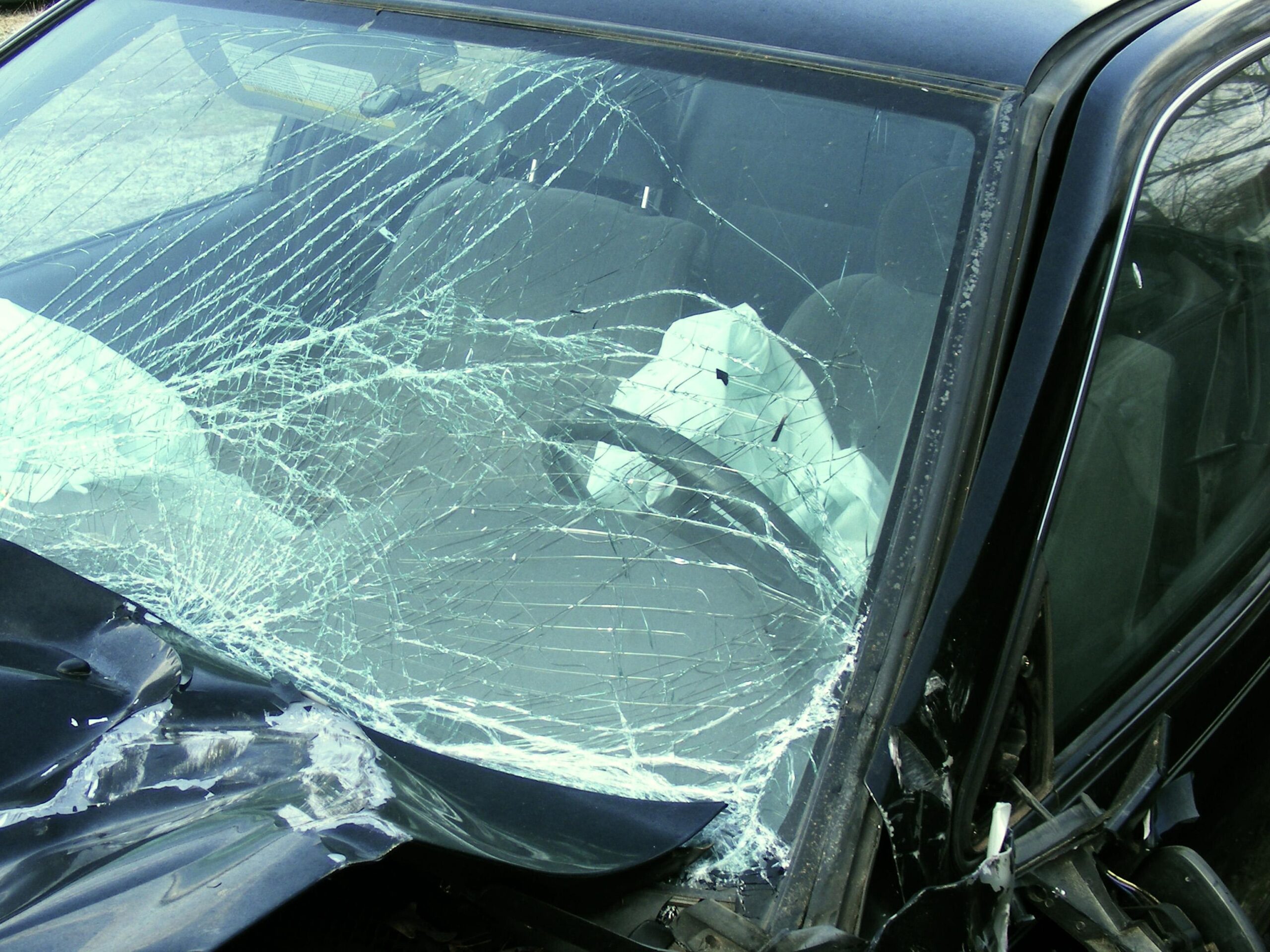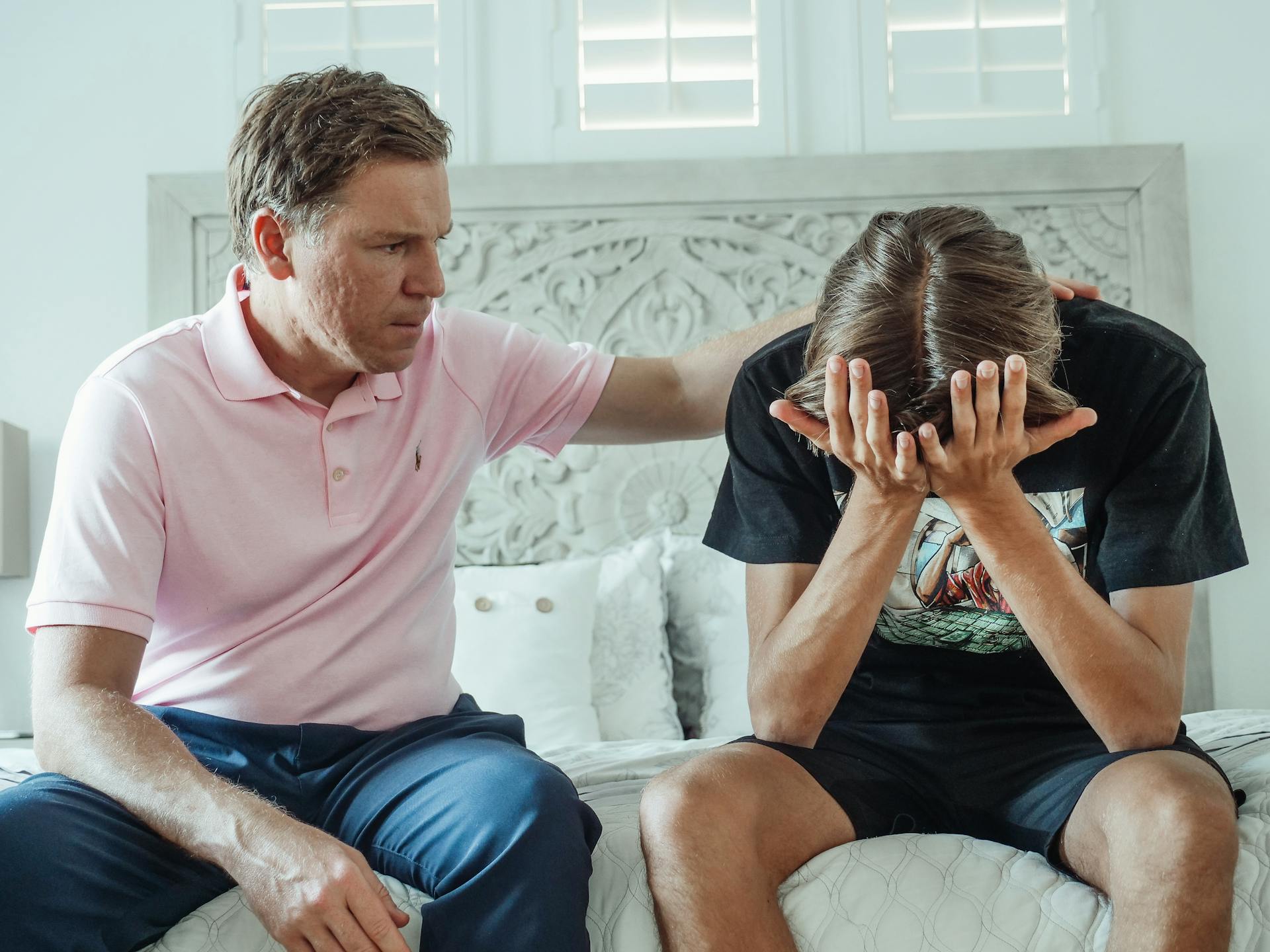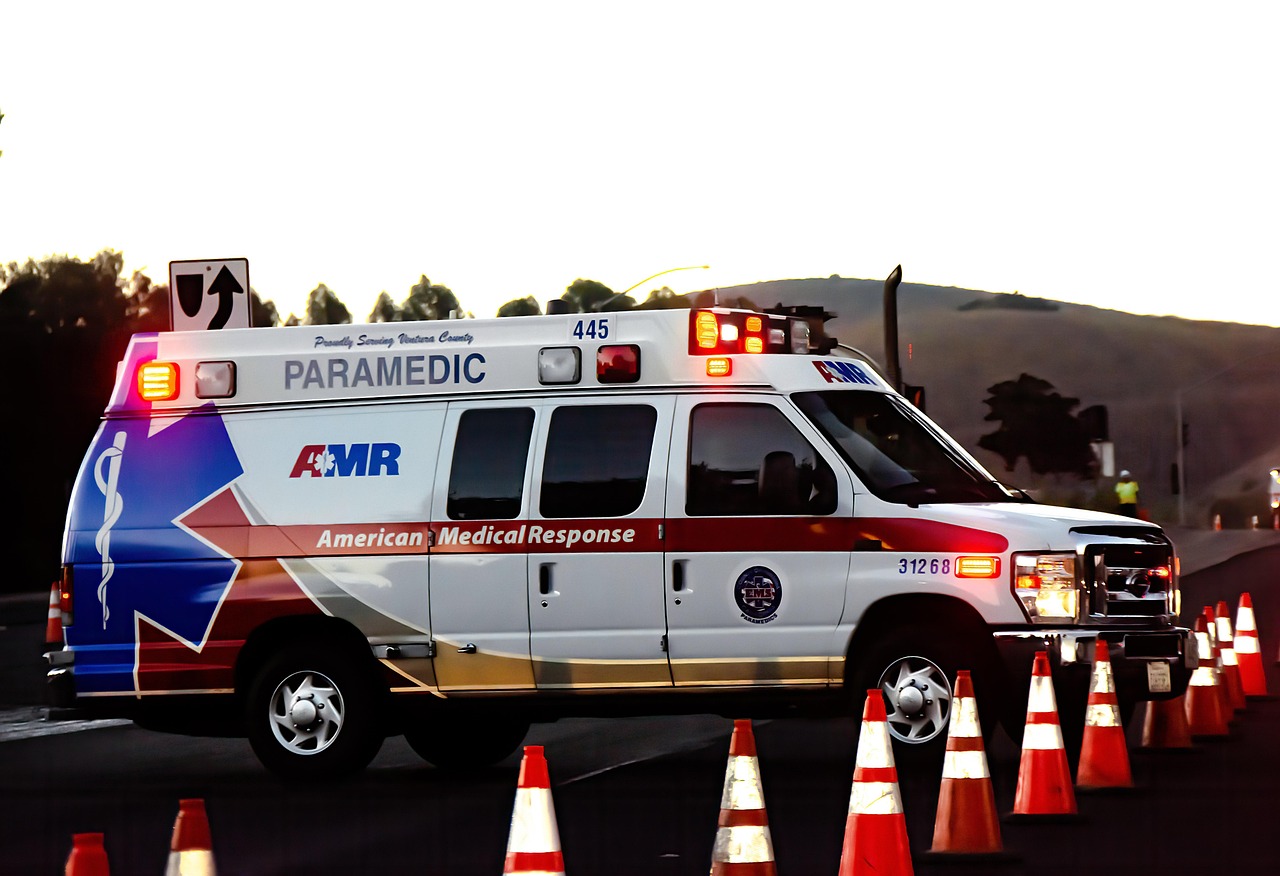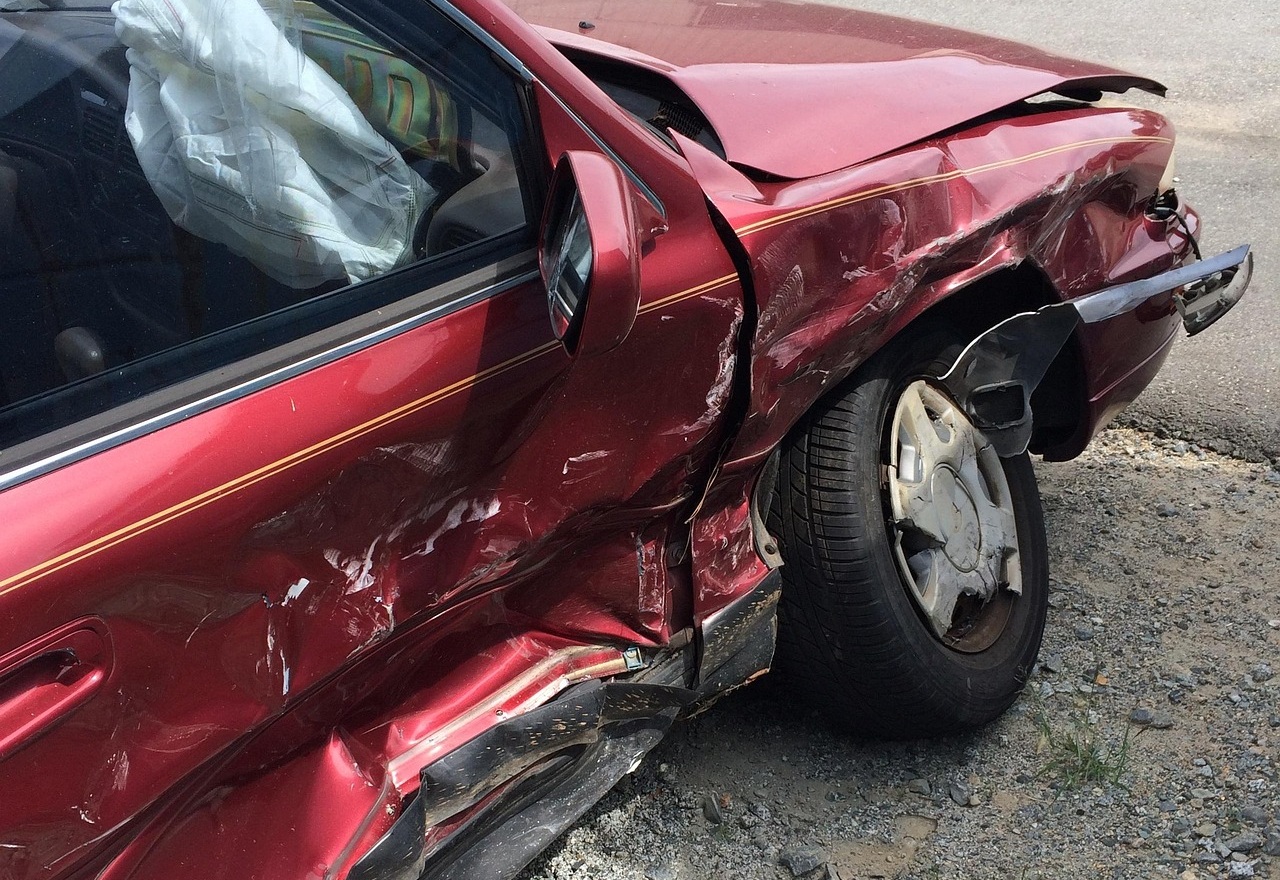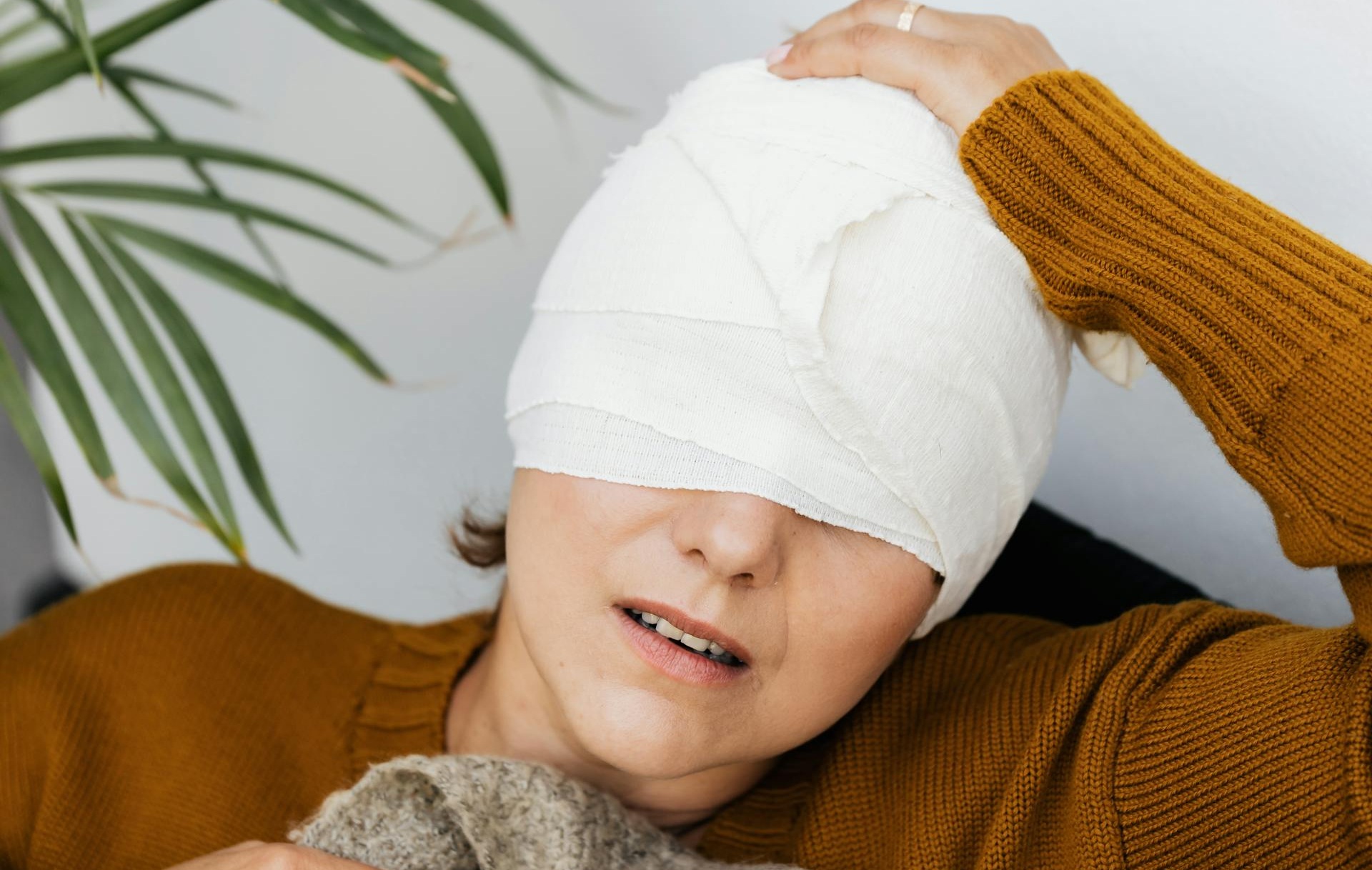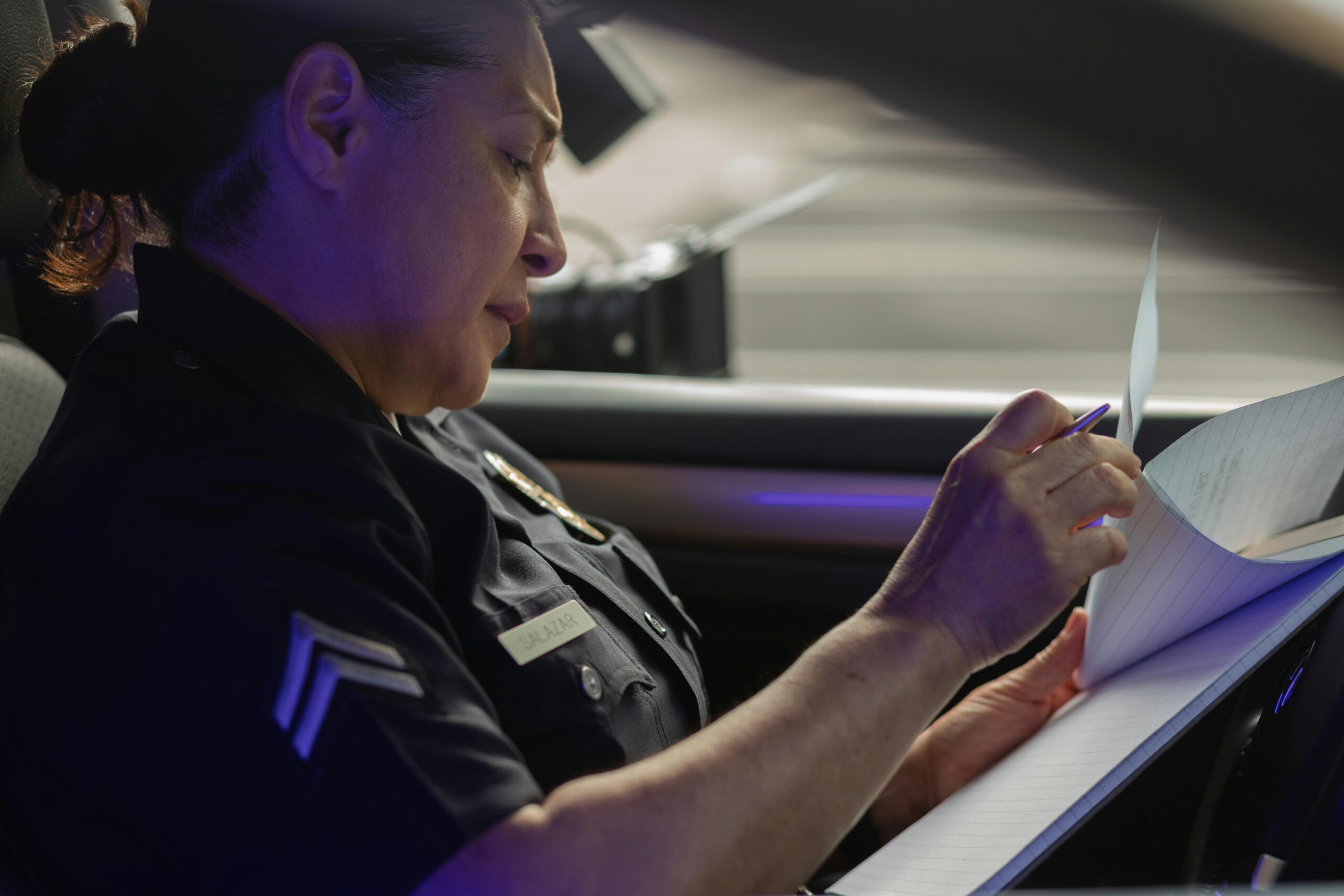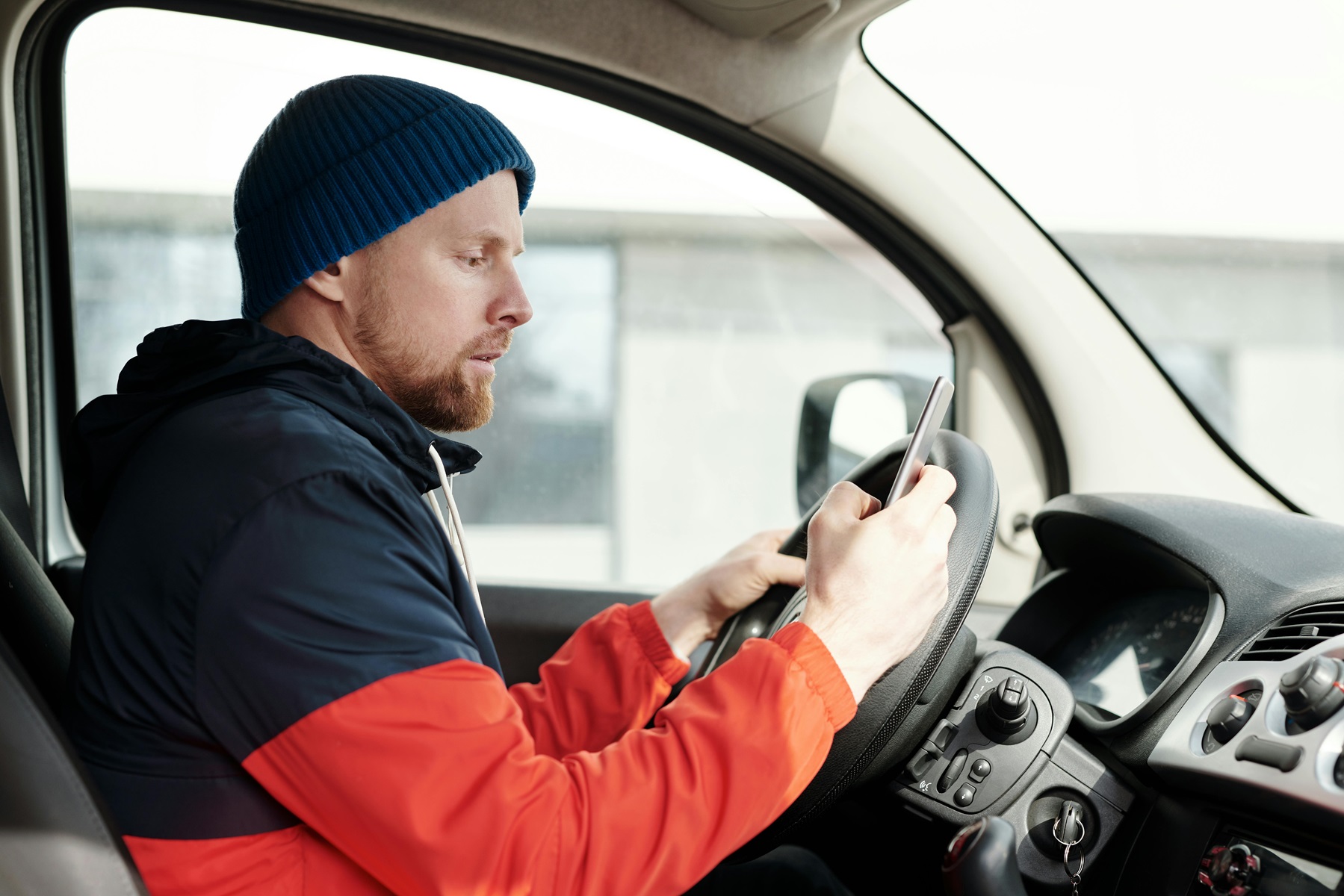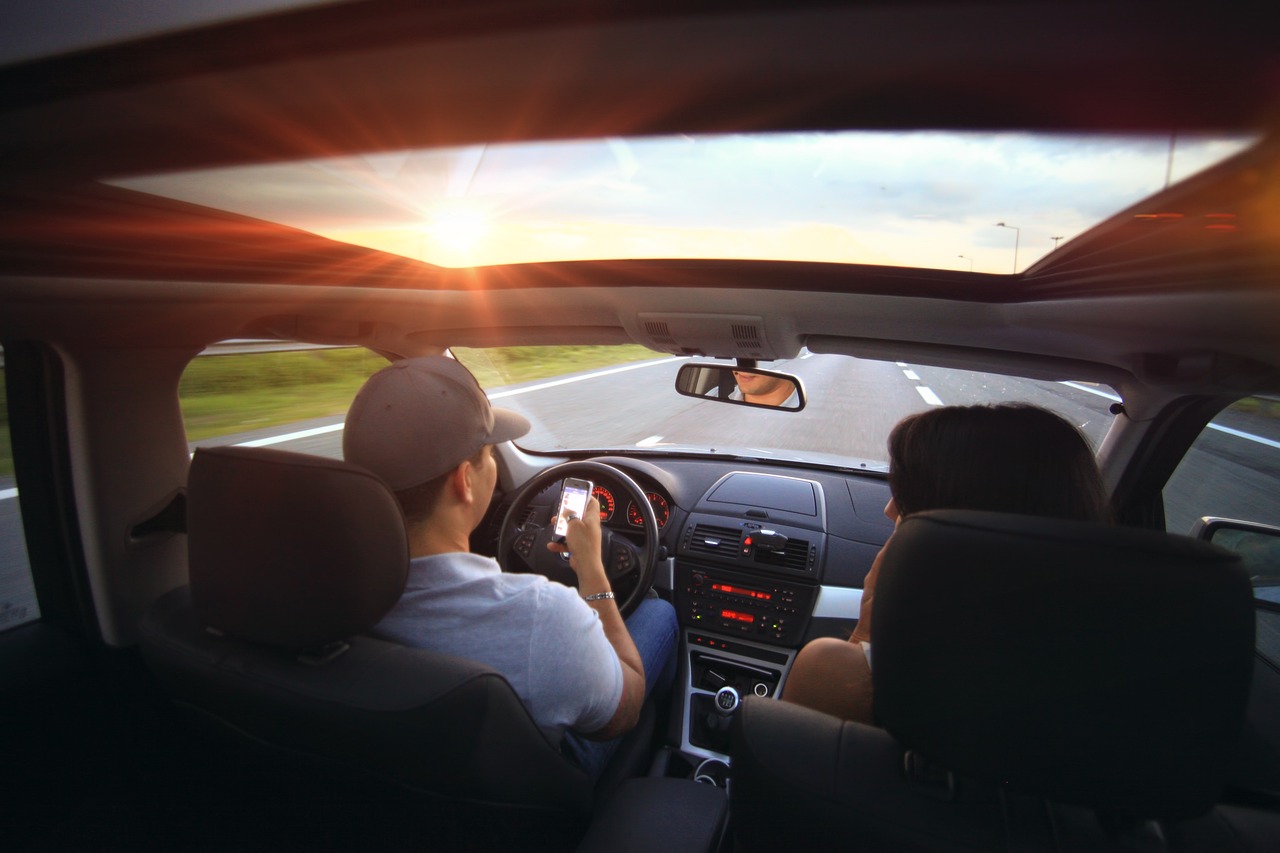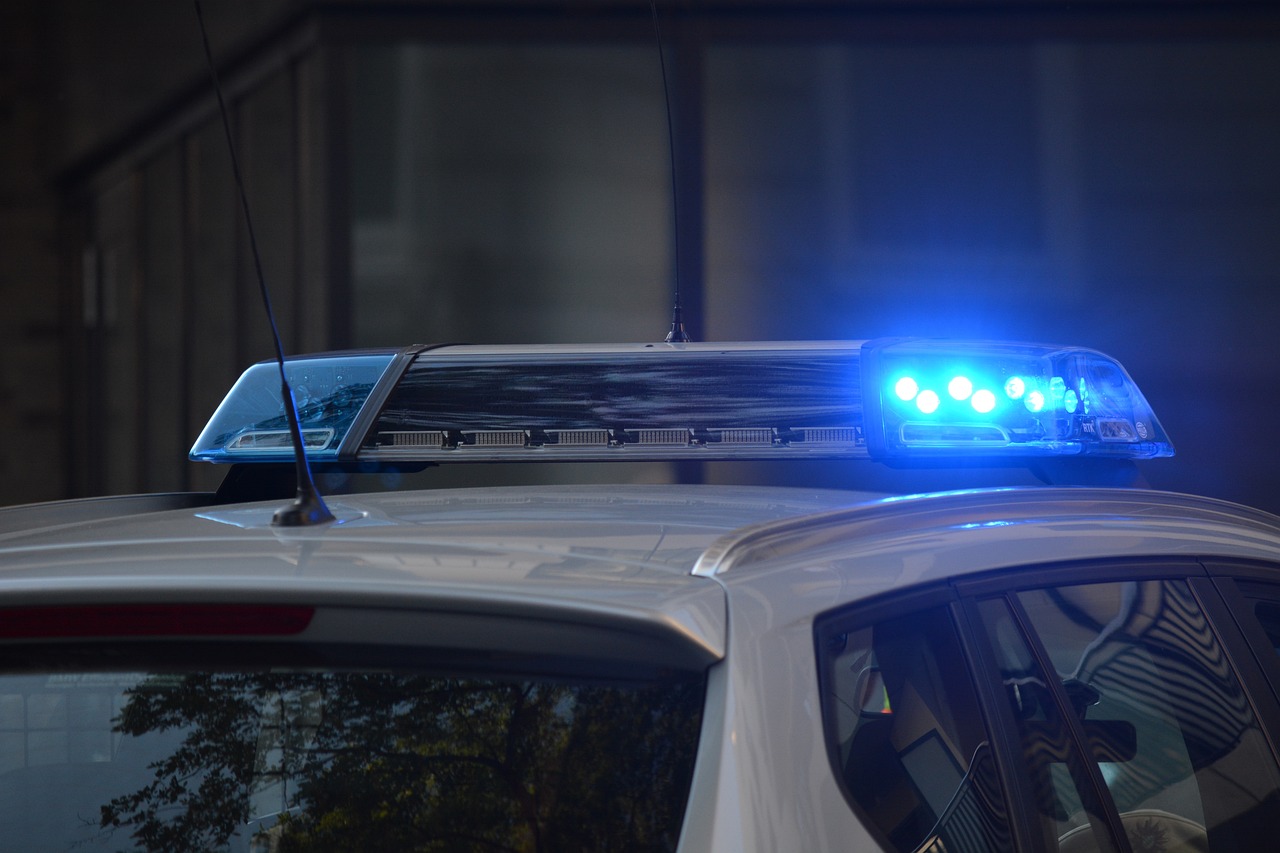Here’s Why Being Polite isn’t the Best Method
We were raised to be polite. Saying, “Yes, ma’am” and “No, sir” wasn’t a formality; it was expected. So, we use our pleases and thank yous. We hold doors, and we apologize if we’re in the wrong.
Those are all good things. But not if you’ve been injured in a car wreck. If you’ve been injured in a car wreck, and you weren’t the at-fault driver, there’s no reason to apologize since you weren’t in the wrong. This seemingly innocent two-word sentence, however, can land you in a heap of frustration when you’re trying to collect on a settlement. The Car Crash Captain explains why “I’m sorry” might sound like, “I’m guilty.”
Why do We Say I’m Sorry?
It certainly has been instilled in us that apologizing is the polite thing to do. However, we do it when we’re not actually in the wrong. Part of it is because we have been told to care about others. If they’re hurt our instincts are telling us to ensure they are safe.
While there is a big difference between showing empathy and admitting legal responsibility, the insurance companies really like to twist that around. They know that it’s going to be difficult to prove the meaning and intention behind your words, and they might be able to reduce your settlement claim because of it.
Understanding the Legal Framework of Texas Car Wrecks
Texas applies what is called the modified comparative fault rule (Texas Civil Practice and Remedies Cod 33.001). What this means is that a driver found to be greater than 50% responsible for the wreck can’t recover damages.
You might think, “Okay, no problem, maybe saying ‘I’m Sorry’ bumped me to 10% at-fault, I’m still the victim!” You certainly are the victim; however, your settlement can be reduced by 10% if you’re found 10% at fault (and any other percentage until you hit 51% at fault, then you receive nothing).
How I’m Sorry Can Be Misunderstood
Suppose you’re rear-ended at a stoplight. You’ve done nothing wrong, but now you’re suffering from severe whiplash. You check on the other driver, as a polite citizen does, and find that the other driver is mostly okay. A scratch on their arm that’s bleeding. Your sentiments come out, “Ooh, I’m sorry! It doesn’t look too bad though, I think once it’s cleaned up, you’ll be okay.”
You didn’t admit fault. In fact, you weren’t even apologizing. But your words can be twisted and used against you.
Instead, when you check on the other driver, focus on what needs done. Ask, “Do you need medical help?” as it shows you care, but doesn’t imply guilt.
Exchange insurance information, cooperate with police, but avoid any blame discussion.
You Need Herbert Law Group to Back You Up
This shouldn’t be confusing, and really expressing concern and sympathy shouldn’t be a worry that you have. That is, however, the world we are in. And that’s why you need Herbert Law Group to back you up.
Even if you do slip up and say, “I’m sorry!” we’ve got your back. We can investigate, pull out the details, and show that you did nothing wrong. We can show that you were 100% the victim, and no amount of word-twisting is going to change those facts.
Of course, it’s easier if the words aren’t there to be twisted in the first place.
Have you been injured in a wreck? Don’t deal with the insurance companies! Instead, let’s talk about what happened so we can ensure you get the maximum settlement possible. Call our offices at 214-414-3808, or fill out the contact form on our site and we’ll be in touch with you.
